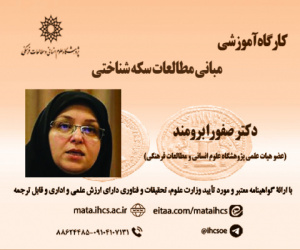تحلیل راهبرد اقتصادی عوامل مؤثر بر تجارت محصولات اساسی کشاورزی بین ایران و کشورهای عضو اتحادیه اقتصادی اوراسیا با استفاده از رویکرد شبکه و جاذبه (مقاله علمی وزارت علوم)
درجه علمی: نشریه علمی (وزارت علوم)
آرشیو
چکیده
این پژوهش به بررسی راهبرد اقتصادی تجارت محصولات اساسی کشاورزی میان ایران و کشورهای عضو اتحادیه اقتصادی اوراسیا، پرداخته است. هدف اصلی این پژوهش، تحلیل چگونگی تأثیرگذاری متغیرها ازجمله تولید ناخالص داخلی کشور صادر کننده و واردکننده، تشابه اقتصادی، مسافت، تشابه فرهنگی و شاخص خوشه بندی به عنوان متغیر شبکه بر حجم تجارت محصولات اساسی کشاورزی است. به منظور بررسی این روابط، از رهیافت شبکه و مدل جاذبه استفاده شده تا ظرفیت های موجود برای توسعه تجارت شناسایی و عوامل تأثیرگذار بر حجم و جهت گیری این تجارت ارزیابی شود. نتایج نشان می دهد که افزایش 1 درصدی تولید ناخالص داخلی ایران موجب افزایش 35/1 درصدی حجم تجارت محصولات کشاورزی می شود، در حالی که افزایش 1 درصدی تولید ناخالص داخلی کشورهای صادرکننده، حجم تجارت را به میزان 35/2 درصد افزایش می دهد. از سوی دیگر، افزایش 1 واحدی شاخص خوشه بندی منجر به کاهش 55/6 واحدی حجم تجارت می شود. متغیرهای تشابه اقتصادی، مسافت و تشابه فرهنگی بی معنا بوده است. بر اساس این نتایج، توصیه می شود سیاست های اقتصادی مبتنی بر تقویت تولید داخلی و تقویت همبستگی اقتصادی میان ایران و سایر کشورها اتخاذ شود.Analysis of the economic strategy of the factors affecting the trade of basic agricultural products between Iran and the member countries of the Eurasian Economic Union using the network and gravity approach
This study examines the economic strategy of trade in basic agricultural products between Iran and the Eurasian Economic Union member states. The main objective of this study is to analyze how variables such as the GDP of the exporting and importing countries, economic similarity, distance, cultural similarity, and clustering index as a network variable affect the volume of trade in basic agricultural products. In order to examine these relationships, the network approach and the gravity model were used to identify the existing potential for trade development and to evaluate the factors affecting the volume and direction of this trade. The results show that a 1% increase in Iran's GDP increases the volume of agricultural products by 1.35%, while a 1% increase in the GDP of exporting countries increases the volume of trade by 2.35%. On the other hand, a 1-unit increase in the clustering index leads to a 55.6-unit decrease in the volume of trade. The variables of economic similarity, distance, and cultural similarity were meaningless. Based on these results, it is recommended that economic policies be adopted based on strengthening domestic production and strengthening economic solidarity between Iran and other countries.







